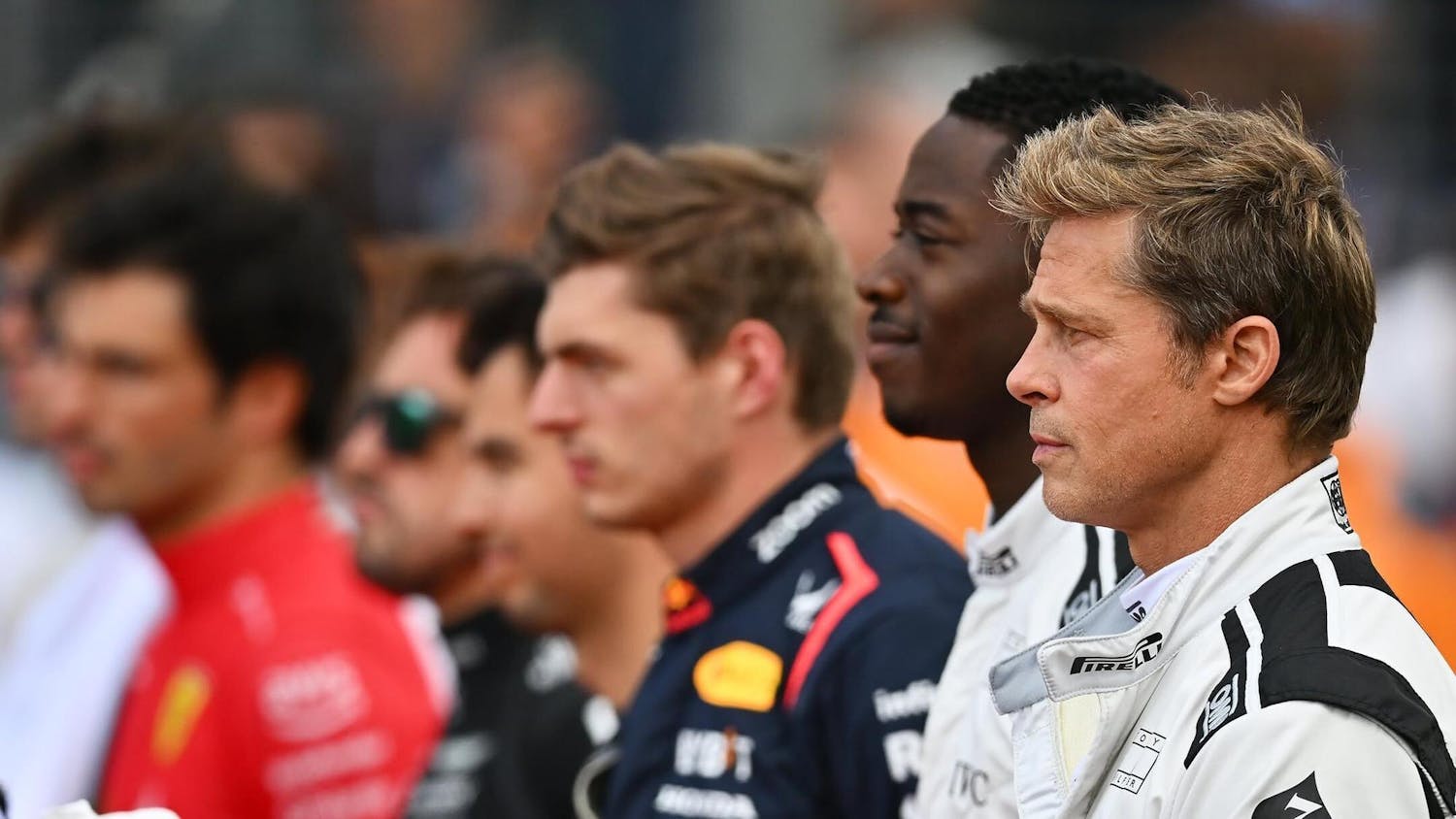Funding creativity might sound elusive, but an online company named Kickstarter uses crowd funding to raise money for creative projects.
Creative projects can range from full-length music albums and films to political documentaries, journalistic research and children’s books — all approved by the Kickstarter staff.
Kickstarter is currently on track to distribute more than $150 million to its users’ projects in 2012, which is more than the National Endowment of the Arts’s entire fiscal year budget.
While the funds on Kickstarter are only pledged, meaning the money only transfers hands if the goal amount is reached, the news shows public support for the arts may surpass that of the National Endowment for the Arts — and Bloomington artists have reaped the benefits.
IU alumnus Robert Rossman and IU senior Ari Kaplan used Kickstarter last April to fund Kaplan’s full-length pop-rock album “Popular People.” Rossman earned a degree in recording arts at the Jacobs School of Music, and Kaplan is pursuing the same degree. Rossman produced the album, while Kaplan wrote and played the music.
“Kickstarter generally approves most people with solid projects,” Rossman said. “But not someone who is just trying to fund their vacation with no goal or artistic thing in mind.”
Rossman and Kaplan set a goal of $1,500, yet ended with 59 backers who pledged more than $2,000.
“You have to set a realistic yet hopeful goal,” Kaplan said. “It’s mainly about being educated about the process and knowing how much your audience will be willing to give.”
Rossman said the goal-setting process was like forced budgeting. To set a realistic goal, it’s important to figure out exactly how expensive the project will be and if that number is reasonable.
While Kickstarter claims a 49-percent success rate, if the goal funds are not met, no money is exchanged between the project backers and the project creators.
It might appear tough to achieve, but this method is specifically designed to ensure less risk for backers and creators. This way, someone who needs $3,000 to complete a project is not obligated to complete it with only $1,500.
Rossman said most, if not all, of the funding came from individuals somewhat related to either Rossman
or Kaplan.
“We used it as an opportunity to connect and reconnect with a close group of people,” Kaplan said.
Kickstarter users are required to create rewards for backers based on the pledged donation amount. Rossman and Kaplan guaranteed those who pledged $15 or more a CD copy of the album, plus an “Ari Kaplan promotional headband” for a $25 pledge.
“The hardest part is getting people to care about your music,” Kaplan said. “So if you can give them something as a reward they are more likely to help
you out.”
While Kickstarter is mainly used for music and art, it can also be a tool for less conventional creative projects. Former elementary school teacher F.S. Haltom is currently using Kickstarter to raise $10,000 for his children’s book series “Cowbilly George.”
The series features a Southern Indiana hillbilly who dreams of being a cowboy and teaches children it’s OK to be who they are.
Haltom said he began the “Cowbilly George” series six years ago, gearing the books toward children ages three to seven who struggle inside the classroom and in social settings.
“Since the first two books deal a lot with bullying, I thought it might fly on Kickstarter,” Haltom said.
Haltom’s “Cowbilly George” series will only be funded if $10,000 is reached by March 15. Currently the project is 12 percent funded, with little more than $1,000 pledged.
If his project is funded, Haltom said the funds will be used for production costs, printing, illustrator fees and the distribution of books to children.
When projects are funded, Kickstarter receives 5 percent of the total, but an unsuccessful project costs nothing for the project creator.
“The best part of Kickstarter is that you can make exactly what you want artistically, and you don’t lose any money doing it,” Kaplan said.
Kickstarter website funds Bloomington artists’ work
Get stories like this in your inbox
Subscribe




